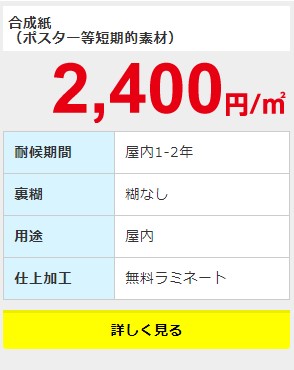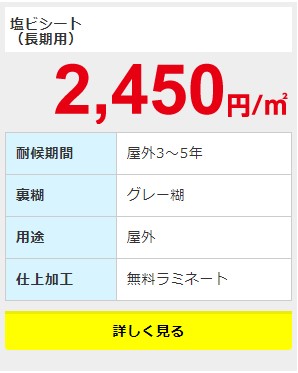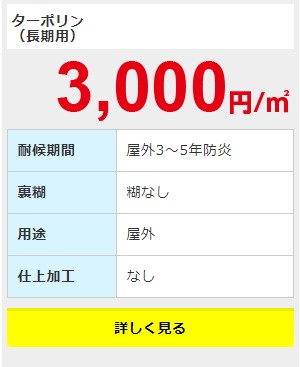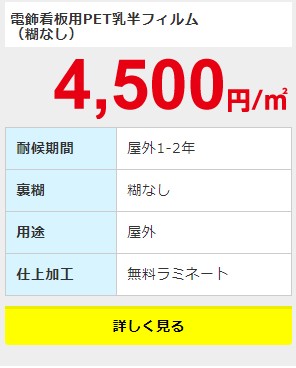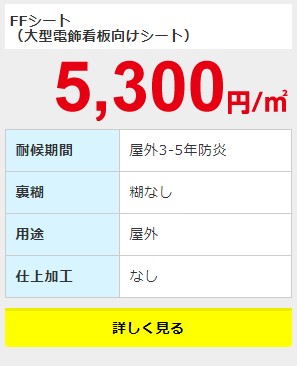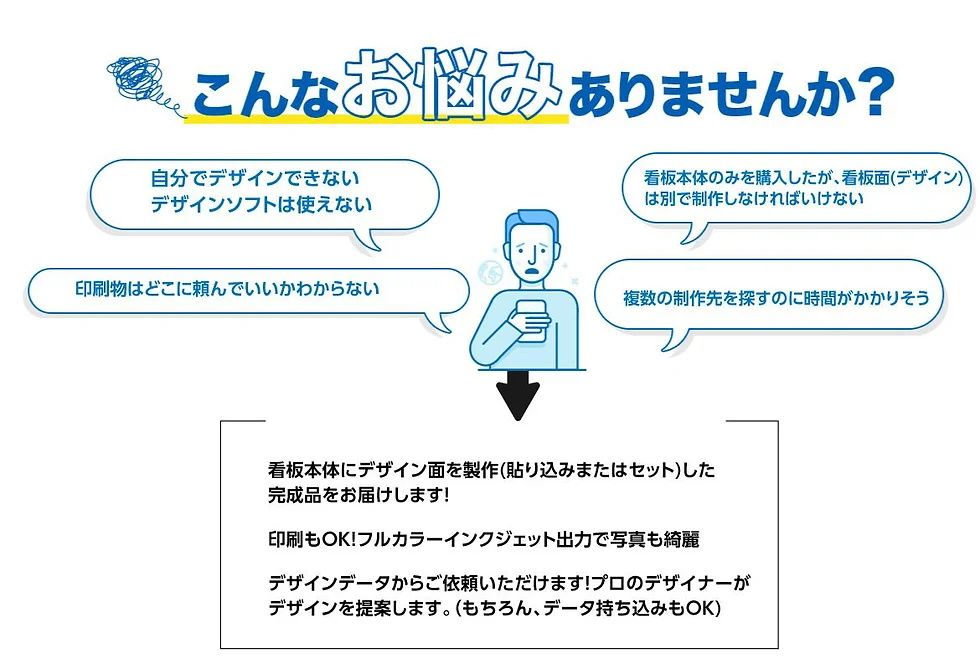Ideally, the end of your fiscal year should coincide with the time of the year when you have the most spare time. This is so you can afford to take a step back from the business and do long-term planning, sign new contracts, create budgets, etc. Picking a fiscal year can be particularly important if your business carries a lot of inventory.
Foreign partnership reporting requirements
Picking a fiscal year might make it easier to measure your performance against businesses in your industry, especially if they also don’t follow the standard calendar year. If you haven’t picked a fiscal year but don’t want to stick to the standard calendar year, accountants will usually tell you to pick the day you finish your natural business year. This is when your company has finished the bulk of its business for the year and activity is at its lowest. As the fall approaches, sales would begin to decline as customers have less need for these products. By the time winter arrives, the company’s business activities might be at a low point, with few sales of gardening equipment occurring.
For accounting purposes
Generally, send the original election (no photocopies) or fax it to the Internal Revenue Service Center listed below. If the corporation (entity) files this election by fax, keep the original Form 2553 with the corporation’s (entity’s) permanent records. However, certain late elections can be filed attached to Form 1120-S. A calendar year small business corporation begins its first tax year on November 8. The 2-month period ends January 7 and 15 days after that is January 22.
To be an S corporation beginning with its short tax year, the corporation must file Form 2553 during the period that begins November 8 and ends January 22. Because the corporation had no prior tax year, an election made before November 8 won’t be valid. A calendar year small business corporation begins its first tax year on January 7. To be an S corporation beginning with its first tax year, the corporation must file Form 2553 during the period that begins January 7 and ends March 21.
Because the corporation had no prior tax year, an election made before January 7 won’t be valid. If the corporation makes a back-up section 444 election for which it is qualified, then the section 444 election will take effect in the event the business purpose request isn’t approved. In some cases, the tax year requested under the back-up section 444 election may be different than the tax year requested under business purpose. See Form 8716, Election To Have a Tax Year Other Than a Required Tax Year, for details on making a back-up section 444 election.
- When box Q1 is checked, it will generally take an additional 90 days for the Form 2553 to be accepted.
- A calendar year small business corporation begins its first tax year on November 8.
- The election can be filed with the current Form 1120-S if all earlier Forms 1120-S have been filed.
- Because the corporation had a prior tax year, it can make the election at any time during that prior tax year.
- Instead, most retailers chose to have natural business year ends ending on January 31.
Except where mandated by the government, a company can select any fiscal year it wants. The use of the natural business year as the fiscal year is recommended, but a company can certainly use other dates. Each shareholder consents by signing and dating either in column K or on a separate consent statement.
For the past 52 years, Harold Averkamp (CPA, MBA) has worked as an accounting supervisor, manager, consultant, university instructor, and innovator in teaching accounting online. The deemed owner of the QSST must also consent to the S corporation election in column K of Form 2553. Check the box that corresponds with the S corporation’s selected tax year. If box (2) or (4) is checked, provide the additional information about the tax year, and complete Part II of leveraged lease financial definition of leveraged lease the form. For the latest information, go to IRS.gov/Filing/Where-To-File-Your-Taxes-for-Form-2553..
A natural business year (NBY) is a fiscal year that ends when business activities are typically at a low point. This is often industry-specific, depending on the annual cycle of business operations. For example, a retailer might choose to end their fiscal year in January or February after the holiday season has ended, while a ski resort may end their fiscal year in the spring or summer, after the peak winter season has passed. For the past 52 years, Harold Averkamp (CPA, MBA) what is payroll tax hasworked as an accounting supervisor, manager, consultant, university instructor, and innovator in teaching accounting online.
These lower balances make it easier to audit the period-end accounting records of a business, and verify that its ending balance sheet figures are accurate. The reduced amount of audit work means that audit fees can be reduced. In addition, with the sales level so low, it is much easier for the accounting staff to close the books at the end of the natural business year. You are not required to provide the information requested on a form that is subject to the Paperwork Reduction Act unless the form displays a valid OMB control number.
Revenue vs. Profit: The Difference and When They Matter
Businesses that are seasonal usually have really obvious natural business years, while businesses that don’t experience high or low periods don’t. To become a calendar year taxpayer, all you have to do is file your business tax return by April 15th following the year for which you’re filing. This means that a company opens its books on January 1st and closes its books on December 31st. You might remember from the accounting basics course that at the end of the every year a company makes closing journal entries to close revenue and expense accounts to its retained earnings or capital accounts. The election can be filed with the current Form 1120-S if all earlier Forms 1120-S have been filed.
Business-Purpose Tax Year Established by Facts and
However, relief for a late election may be available if the corporation can show that the failure to file on time was due to reasonable cause. That way the beginning of the next year it can start fresh with zero balances in all its income statement accounts. Closing the books on an annual calendar year basis works well for companies that aren’t seasonal and don’t have large variations in sales throughout the year.
At this point, more receivables than usual have been converted into cash, and inventory balances have been drawn down. Enter the corporation’s (entity’s) true name as stated in the corporate charter or other legal document creating it. If the corporation’s (entity’s) mailing address is the same as someone else’s, such as a shareholder’s, enter “C/O” and this person’s name following the name of the corporation (entity). Include the suite, room, or other unit number after the street address. If the Post Office doesn’t deliver to the street address and the corporation (entity) has a P.O.
A late election to be an S corporation and a late entity classification election for the same entity may be available if the entity can show that the failure to file Form 2553 on time was due to reasonable cause. Relief must be requested within 3 years and 75 days of the effective date entered on line E of Form 2553. The benefit of choosing a natural business year is that it can make it easier for a company to close its books and complete its annual financial audit during a quieter period.
For details and exceptions, see When To Make the Election and Relief for Late Elections, earlier.. A corporation or other entity eligible to elect to be treated as a corporation must use Form 2553 to make an election under section 1362(a) to be an S corporation. All companies don’t have to use a calendar year to open and close their books. This type of odd year end coincides with the business’ sales flow rather than the calendar.
It also enables the company’s year-end financial statements to give a more accurate picture of the company’s annual performance, without being distorted by temporary peaks or troughs in activity that occur at other times of the year. For an election filed before the effective date entered for item E, only shareholders who own stock on the day the election is made need to consent to the election. To request relief for a late election, an entity that meets the following requirements must explain the reasonable cause for failure to timely file the election and its diligent actions to correct the mistake upon discovery. This information can be provided on line I of Form 2553 or on an attached statement.

















